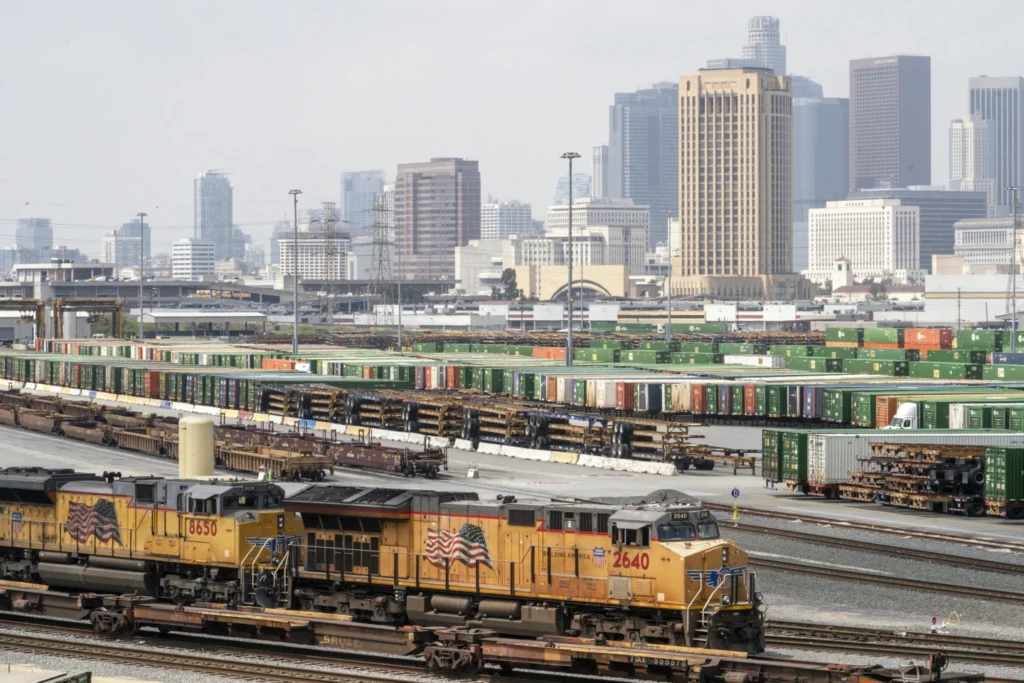Union Pacific, Norfolk Plan Historic $85B Rail Merger for US First

Union Pacific Norfolk Merger to Create First US Transcontinental Railroad
The Union Pacific Norfolk merger could revolutionize freight transportation in the U.S. With an $85 billion proposal announced Tuesday, Union Pacific aims to acquire Norfolk Southern, creating the first coast-to-coast railroad system in American history.
A Vision Rooted in 1869
Though the East and West were first linked by rail in 1869, no single company has ever controlled the full route. This merger would change that. It promises reduced delays, faster shipping, and more efficient national logistics.
Union Pacific CEO Jim Vena said the deal fulfills President Abraham Lincoln’s dream of a unified railroad:
“It will usher in a new era of American innovation.”
Merger Details and Financials
Union Pacific is offering $20 billion in cash and one share of stock for each Norfolk Southern share, valuing the deal at approximately $320 per share. The merger aims to:
-
Cut $1 billion in costs annually
-
Add at least $1.75 billion in new revenue
-
Retain all union jobs across both railroads
Norfolk Southern recently reported a second-quarter profit of $768 million. Adjusted earnings hit $3.29 per share, slightly missing analyst expectations, but showing steady year-over-year growth.
Regulatory Challenges Ahead
The Surface Transportation Board (STB) will evaluate the merger under strict antitrust rules. Past railroad consolidations have caused major traffic delays—such as the 1996 Union Pacific–Southern Pacific merger.
Norfolk Southern CEO Mark George said the companies are proactively planning:
“We’re committed to planning a smooth integration over the next two years.”
The formal application is expected within six months. Both companies hope for approval by early 2027.
Industry Reactions and Competitor Pressure
If approved, the Union Pacific Norfolk merger could spark a new wave of rail consolidation. Competitors like BNSF (owned by Warren Buffett’s Berkshire Hathaway) and CSX may consider merging to stay competitive. Canadian rail giants like CPKC and Canadian National could also reenter the M&A space.
Buffett, sitting on over $348 billion in cash, recently denied merger talks but is known for acting independently of investment banks.
Stakeholder Input and Market Outlook
The merger will be subject to public input, including feedback from:
-
Shippers like Amazon and UPS
-
Labor unions
-
Local communities
While some shippers fear monopolistic pricing, logistics leaders may welcome the potential for improved reliability and reduced delivery times.
Regulatory odds may improve under the Trump administration, which still must fill a vacant STB seat. The board is currently split 2–2 between Republicans and Democrats.
: 112







